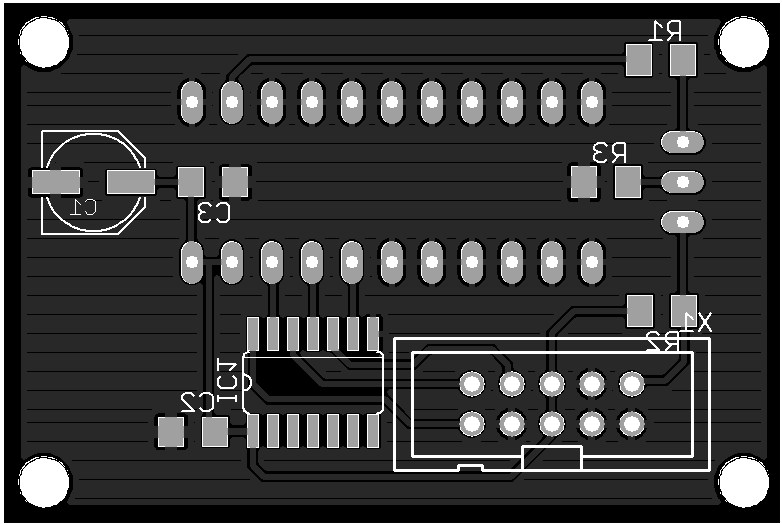







Quote: Originally posted by aga  |





Quote: Originally posted by m1tanker78  |
| Quote: |
| Quote: |
Quote: Originally posted by m1tanker78  |
Quote: Originally posted by aga  |
Quote: Originally posted by m1tanker78  |
Quote: Originally posted by m1tanker78  |
Quote: Originally posted by ParadoxChem126  |
Quote: Originally posted by ParadoxChem126  |
Quote: Originally posted by aga  |

Quote: Originally posted by aga  |
 .
.

Quote: Originally posted by Marvin  |



Quote: Originally posted by tvaettbjoern  |
| Quote: |

Quote: Originally posted by Marvin  |


Quote: Originally posted by tvaettbjoern  |
| Quote: |


Quote: Originally posted by Marvin  |
Quote: Originally posted by Marvin  |
Quote: Originally posted by Metacelsus  |


Quote: Originally posted by Marvin  |



Quote: Originally posted by aga  |

Quote: Originally posted by Metacelsus  |
Quote: Originally posted by m1tanker78  |

| Quote: |






Quote: Originally posted by tvaettbjoern  |
Quote: Originally posted by Marvin  |
| Quote: |


Quote: Originally posted by tvaettbjoern  |